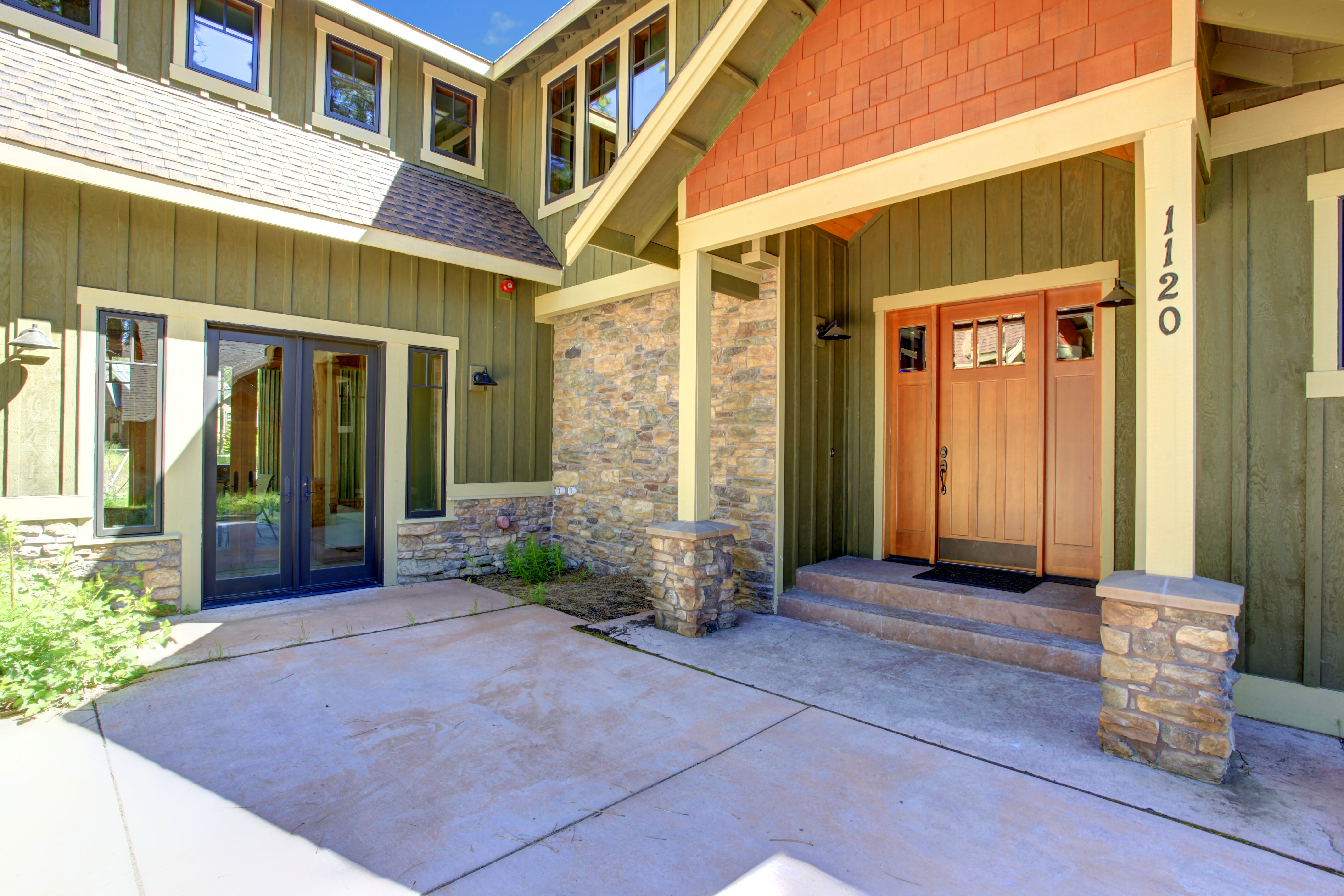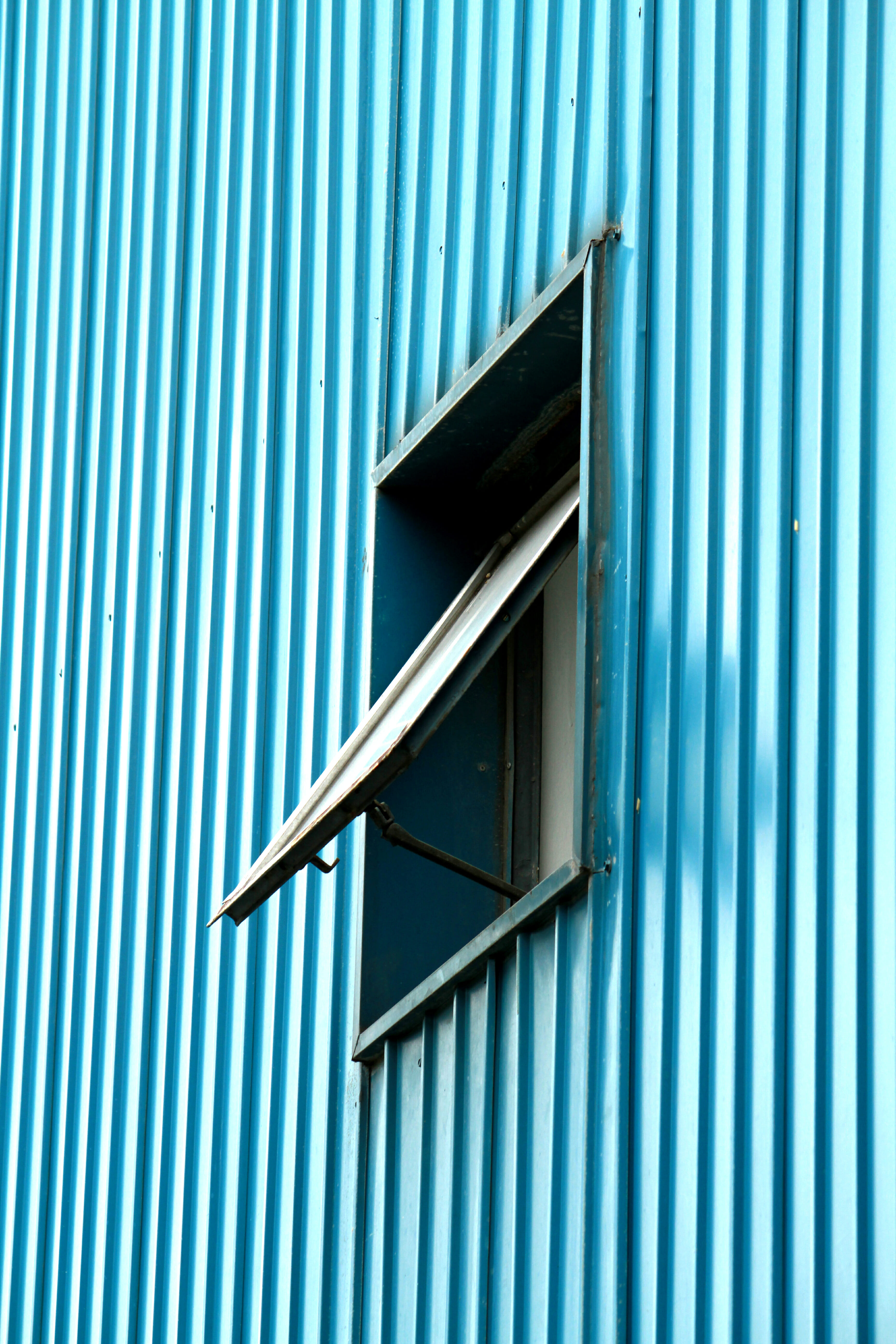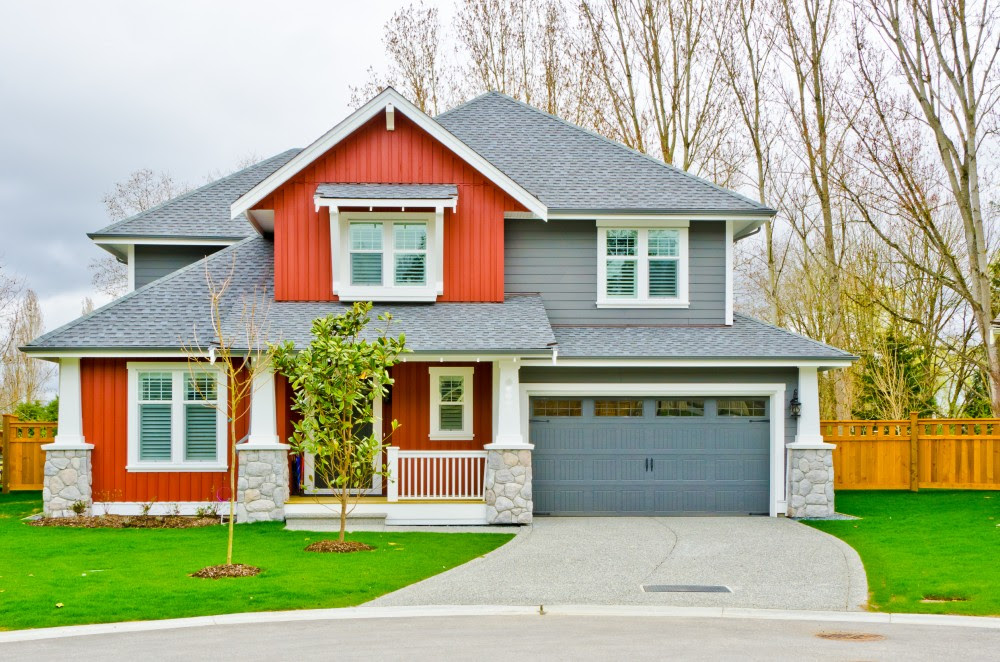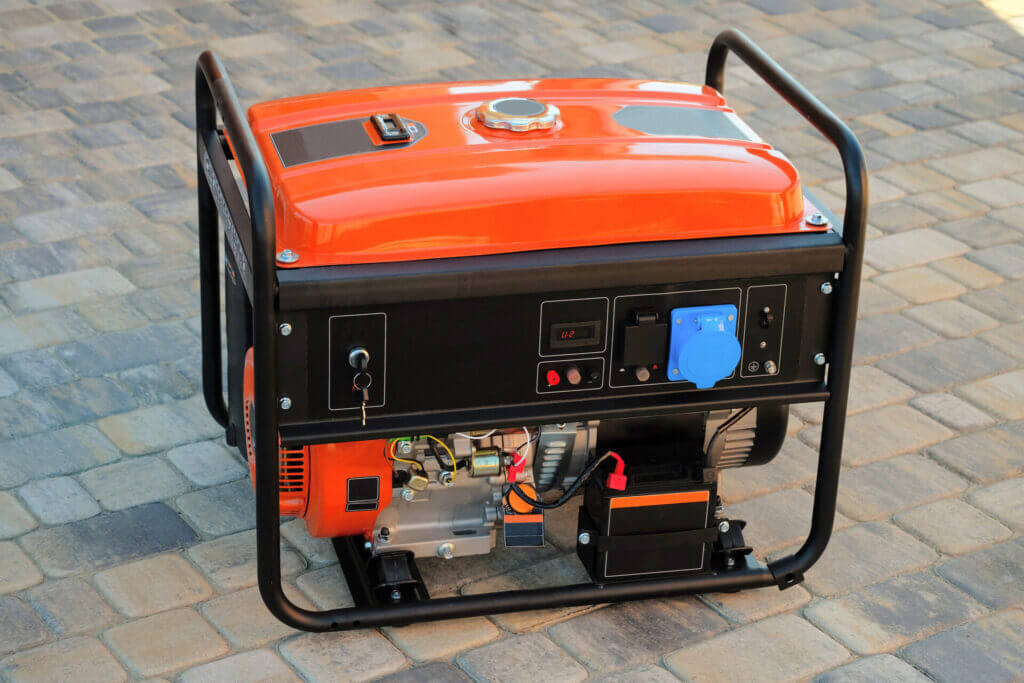Are you doing a siding project?
Modernize can pair you with three to four pros in your area, so you can compare options and save time and money.
Like it or not, first impressions count. This is especially true for your home, which is judged based on its exterior. That’s why, when it comes to siding for your home’s exterior, there are plenty of elements to consider. In addition to the basics of home renovation — including cost, installation, and maintenance — there’s also the choice of the orientation of your siding panels. We’ve outlined a few of the pros and cons of both horizontal and vertical siding with respect to their visual appeal, cost, installation, durability, and maintenance to help you make up your mind the next time you’re upgrading your home’s exterior.
The Aesthetic Appeal
One of the top reasons to choose vertical siding panels over the more common horizontal orientation is for their unconventional look. Fans of this particular style argue that vertical panels elongate their homes and make them stand out from the crowd. However, this break from the norm isn’t for everyone.
If you live in a particularly traditional neighborhood with streets filled with Colonial-style houses and want to keep up with the rest of your neighbors, then perhaps vertical siding isn’t for you. While it can be exhilarating to stand out from the crowd, some homeowners prefer to blend in with their surroundings — and there’s absolutely nothing wrong with tradition.

Ease of Installation
Because horizontal siding is far more common than vertical siding in residential homes, the installation process is more straightforward for most siding professionals. Your contractor will definitely be familiar with the process of installing horizontal siding for your home and should be able to complete the installation with no problems.
Vertical siding, on the other hand, requires more steps in its installation process. Before your siding professional can install the vertical panels, a layer of furring strips must be laid horizontally underneath in order to level and smooth the surface to ensure a clean and finished look after the siding is in placed. If you opt for board and batten siding (a style of vertical siding often seen in commercial and industrial buildings with thin vertical filler strips placed over the seams in your siding) this process will be even more complex.
Cost of Vertical and Horizontal Siding
While some homeowners may argue that the final result of vertical siding is the same as its horizontal counterpart, the specialist nature of the vertical orientation may incur a higher charge from your siding professional. We recommend checking with your local siding contractor to get specific quotes for this kind of job.
As with any home improvement project, the cost will also vary considerably according to the materials used. Depending on their weight and their difficulty of installation, some siding materials will cost more to the homeowner regardless of the siding orientation. Steel, for example, is a heavy material that is not often seen in residential settings and will cost more than vinyl or wooden siding panels.
Find the Right Contractor for Your Siding Project
Whether you’re ready to begin your project now or need some expert advice, our network of contractors are here to help. With a few simple questions, we’ll find the best local professionals for you
Durability of Vertical and Horizontal Siding
Depending on the craftsmanship of your siding professional and the materials used for your home’s exterior, both horizontal and vertical siding panels can be durable. Out of the most commonly used siding materials, fiber cement and metal are among the most durable and will stand the test of time.
One downside to horizontal siding, in terms of durability, is the potential for rainwater to leak underneath the siding strips. This risk is relatively high, especially if you opt for wooden siding panels that will warp over time and can lead to mold and mildew growth, as well as expensive water damage. Vertical siding panels have far fewer instances of this kind of water damage because any water that hits the surface of the panels drops immediately to the ground.

Maintenance of Vertical and Horizontal Siding
Regular maintenance is essential for any type of siding, but it will vary according to the materials used for your exterior. Vinyl siding strips require the least maintenance because they do not require painting or frequent replacing, and they have a fairly straightforward cleaning process. Wood, on the other hand, will warp over time and requires careful and regular care in order to maintain the look and function of your siding panels.
As far as cleaning is concerned, horizontal panels have a larger potential for water leakage during cleaning and therefore require a more complex cleaning regimen. Vertical siding panels can be cleaned easily with a power washer and household cleaners without the worry of leakage. The watertight properties of vertical siding are increased even more if you opt for board and batten style panels because the filler strips cover any seams in your vertical siding.
Love the idea of vertical siding but don’t know if you can commit to a long-term change for the entire exterior of your home? Try a mixture of horizontal and vertical siding panels for different sections of your exterior. This works particularly well with garages, additions, and either the top or bottom half of your home. If you’re still not sure, keeping things traditional can be just as effective as trying something new when it comes to making a good impression.
Find the Right Contractor for Your Siding Project
Whether you’re ready to begin your project now or need some expert advice, our network of contractors are here to help. With a few simple questions, we’ll find the best local professionals for you
Reviews from Real Homeowners
Welcome to Homeowner Resources! We are the Modernize blog. Modernize pairs more than 3 million homeowners a year with pre-vetted contractors in their area. This blog started because we believe homeowners should know everything about their homes, from how their HVAC works to which front door colors they might love. On Homeowner Resources, you can find information on every part of your home, right down to how you can negotiate with contractors to get the best price. Here's more about the blog.
Need a contractor? Learn more about how Modernize finds the right pro for you.





